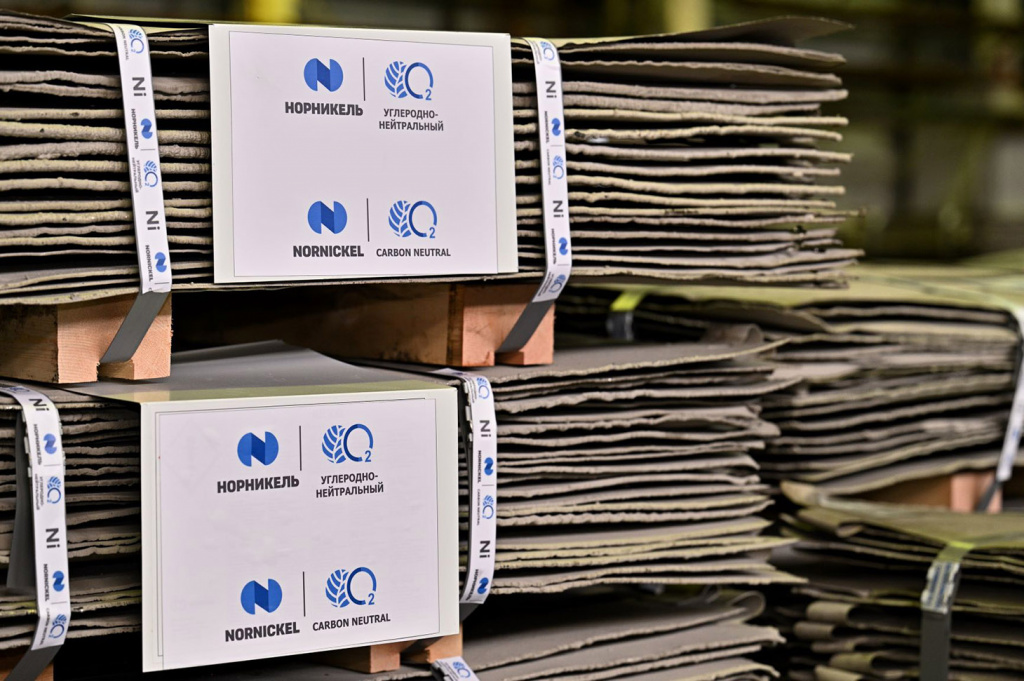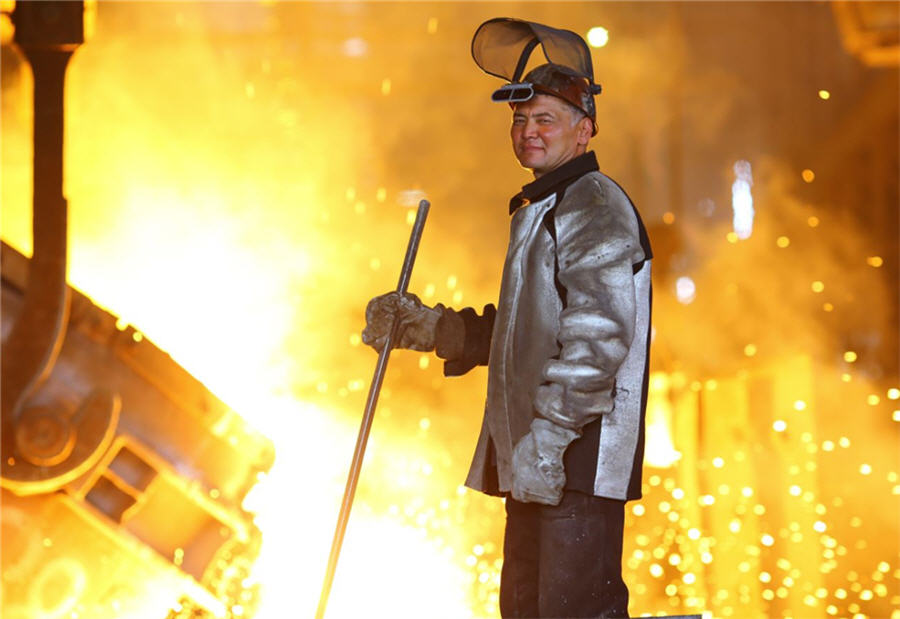NEO Battery Materials’ silicon nano-coating process being tested for applicability in EVs
NEO Battery Materials (TSXV: NBM) filed a new patent regarding its proprietary process of manufacturing silicon anode active materials.
According to the company, this patent — which joins another four patents that have been issued and applied will extend the protection related to the Si nano-coating process by the single-step, one-pot solution process, which was originally developed by NEO.
In a media statement, the firm’s director and chief scientific advisor, J.H. Park, said that the one-pot nanocoating process is applicable to a wide range of Si materials, including nano- and micron-sized particles, as it forms a robust and stable solid-electrolyte interphase (SEI) layer within a few cycles in the Si anode and acts as a damper to reduce the stress from the Si anode.
Park said that silicon anode by this technology is under sample testing by EV/battery material manufacturers, who are confirming its applicability in typical electric vehicle batteries.
NEO has initiated a non-disclosure agreement with a multi-billion-dollar South Korean battery material manufacturer for a potential cooperative development
In his view, low-cost, metallurgical grade silicon microparticles are an excellent candidate to meet the requirements of battery manufacturers when it comes to mitigating volume expansion problems of Si anode material.
The expert says that, aside from NEO’s technology, conventional approaches are not cost-effective and scalable due to the process complexity and high material input costs. For instance, vacuum processes like chemical vapor deposition (CVD) need special precursor materials which result in low-production throughput. Diverse forms of nanostructured Si materials, on the other hand, have been thoroughly developed but their respective mass-production capability remains questionable due to cost.
NEO executives, however, are confident in the economics and scalability of their technology and say they are on schedule to commercialize the company’s silicon anode materials. They also mentioned having initiated a non-disclosure agreement with a multi-billion-dollar South Korean battery material manufacturer for potential cooperative development.
Aiming to become a vertically integrated mining company, NEO is exploring and producing silicon at a number of mining claims it has staked in British Columbia, western Canada. The properties occupy 467 hectares and are along a strike with a quartzite bed, targeting silica in the quartzites.
Besides being abundant, silicon is becoming one of the most attractive anode materials because of its exceptionally high energy density, having more than 9.6 times the gravimetric capacity compared to conventional graphite.
More News
{{ commodity.name }}
{{ post.title }}
{{ post.date }}



Comments